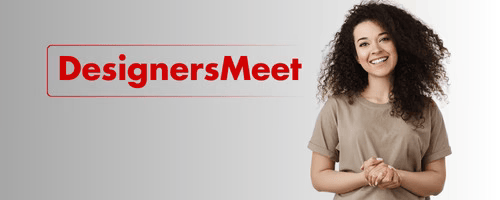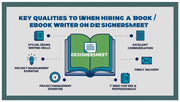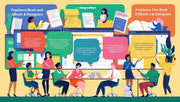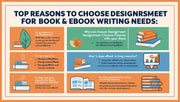Design is an ever-evolving field, and staying ahead of the curve is crucial for creatives and brands alike. As we step deeper into 2025, new design trends are emerging that reflect both technological advancements and changing user expectations. Whether you're a designer looking to keep your work fresh or a business wanting to stay visually relevant, knowing what’s trending can help you make smarter design decisions. Platforms like DesignersMeet.com are great places to explore these trends in action and connect with designers already embracing them.
One of the biggest trends this year is the rise of AI-assisted design. While artificial intelligence won’t replace human creativity, it's becoming a powerful tool for brainstorming ideas, generating quick mockups, and automating repetitive tasks. Designers are using AI to enhance their workflows, leaving more room for conceptual thinking and customization. If you're a client working with a freelance designer, don’t be surprised if AI becomes part of the process—it often helps deliver results faster without sacrificing quality.
Sustainability-inspired design is also making waves. Consumers are becoming more environmentally conscious, and brands are reflecting this in their visuals. Earthy color palettes, organic shapes, recycled textures, and minimalistic packaging are trending as designers aim to convey authenticity and responsibility. Whether it’s a website or a product label, visuals that suggest sustainability can resonate deeply with modern audiences.
Another exciting trend is bold, expressive typography. Designers are moving away from ultra-clean sans-serif fonts and embracing more personality in their type choices. Custom lettering, oversized type, and dynamic layouts are becoming popular ways to grab attention and break traditional rules. This shift adds more emotion and individuality to branding and web experiences.
On the digital side, 3D and immersive design continues to grow. With better browser capabilities and design tools, designers are using 3D illustrations, animations, and interactive elements to make websites more engaging. It’s especially popular in product showcases, app previews, and landing pages. For brands wanting to stand out, incorporating 3D elements can deliver a premium and futuristic feel.
Lastly, inclusive and diverse visuals are no longer just a trend—they're an expectation. Representation in design matters more than ever, and designers are making conscious efforts to reflect different cultures, body types, gender identities, and lifestyles. Clients are also seeking visuals that align with their values, and designers who can create inclusive, respectful content are in high demand.
As the design landscape evolves, keeping up with trends allows both freelancers and clients to stay competitive and inspired. Platforms like DesignersMeet.com offer a glimpse into what’s current and what’s next, making it easier to find creatives who are not just following trends—but leading them.




